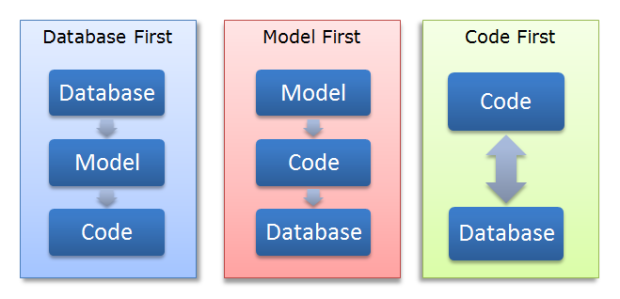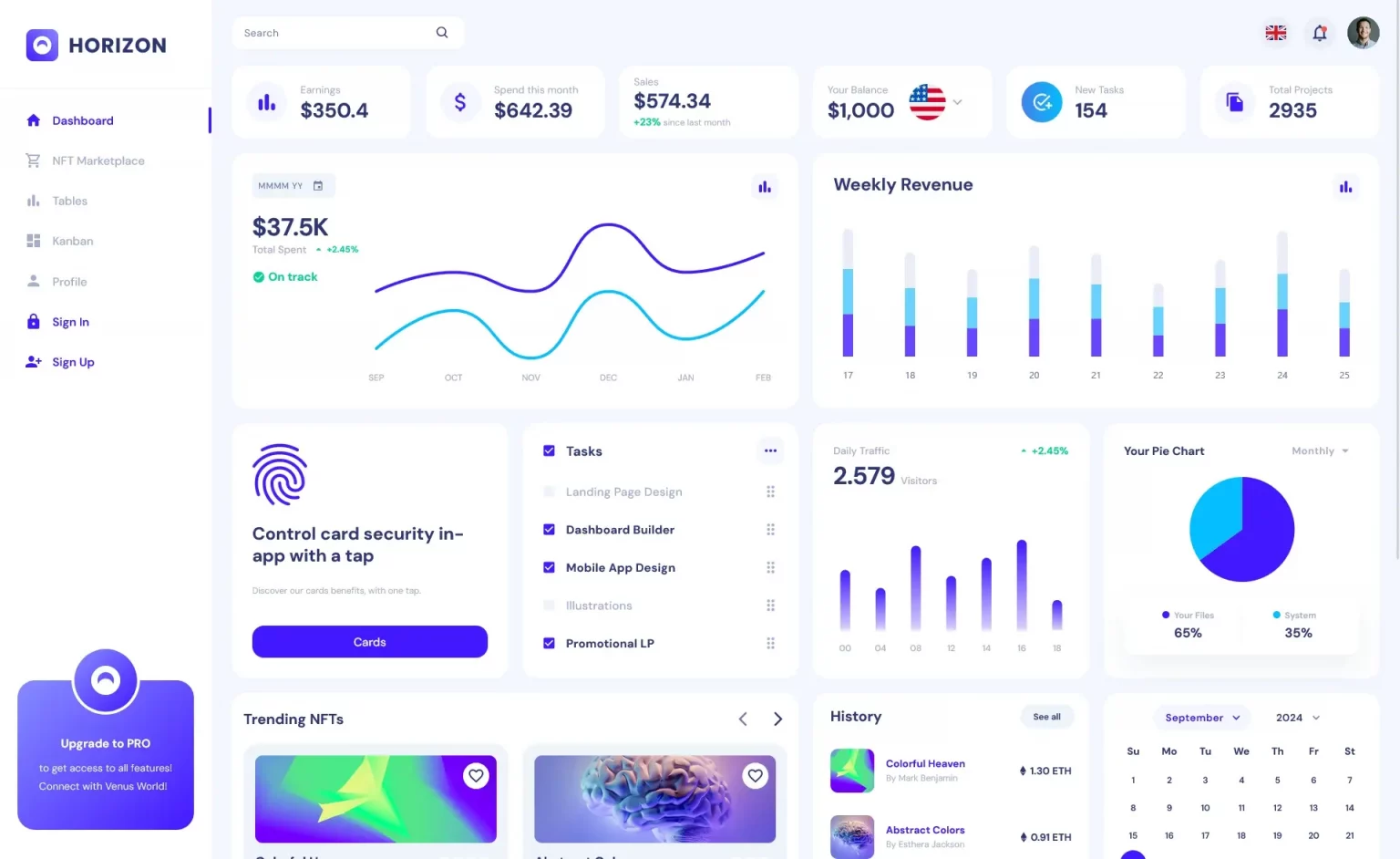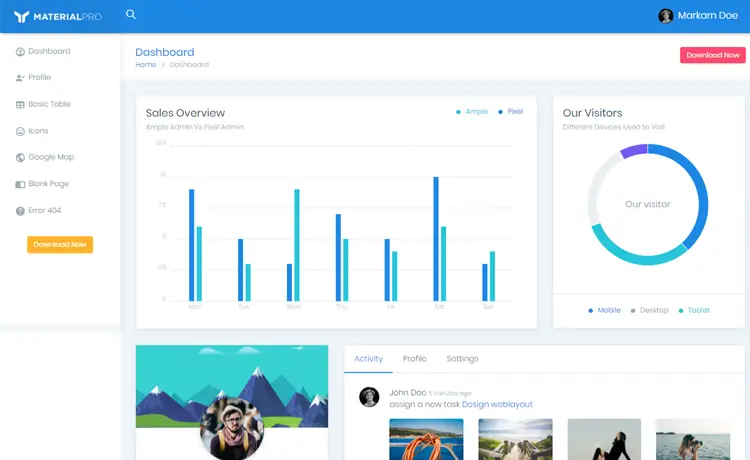Search
How to use Fluent Assertions in C#
By Tan Lee Published on Jan 06, 2025 406
Using the Fluent Assertions library in C# can help achieve this by making tests simple, readable, and expressive.
Read moreHow to use IAsyncEnumerable in C#
By Tan Lee Published on Jan 06, 2025 376
IAsyncEnumerable is a feature introduced in C# 8.0 for working with asynchronous sequences of data.
Read moreHow to use value objects in C#
By Tan Lee Published on Jan 06, 2025 198
In C#, objects are classified as either value types or reference types.
Read moreHow to use the Buffer Class in C#
By Tan Lee Published on Jan 06, 2025 415
The Buffer class in .NET allows for faster access to and manipulation of data stored in memory, improving application performance.
Read moreHow to use HashSet in C#
By Tan Lee Published on Jan 06, 2025 299
The HashSet is a high-performance collection used for storing unique, unordered elements, designed to speed up search operations in applications.
Read moreLogging Data to Windows Event Log in C#
By Tan Lee Published on Jan 06, 2025 513
Use the Windows Event Log to store log data for your .NET Core applications on Windows, where the OS logs issues that can be viewed with the Windows Event Viewer tool.
Read moreHow to use fluent interfaces and method chaining in C#
By Tan Lee Published on Jan 06, 2025 296
Fluent interfaces and method chaining are techniques used in programming to improve code readability and simplicity.
Read moreHow to use ValueTask in C#
By Tan Lee Published on Jan 06, 2025 357
In C#, the standard return type for asynchronous methods is Task.
Read moreHow to use anonymous types in C#
By Tan Lee Published on Jan 06, 2025 234
In C#, anonymous types allow you to create and instantiate objects with read-only properties without explicitly defining a type beforehand.
Read moreHow to use const, readonly, and static in C#
By Tan Lee Published on Jan 06, 2025 256
The const, readonly, and static keywords in C# are frequently used but have distinct roles with some similarities that can make their usage confusing.
Read more





